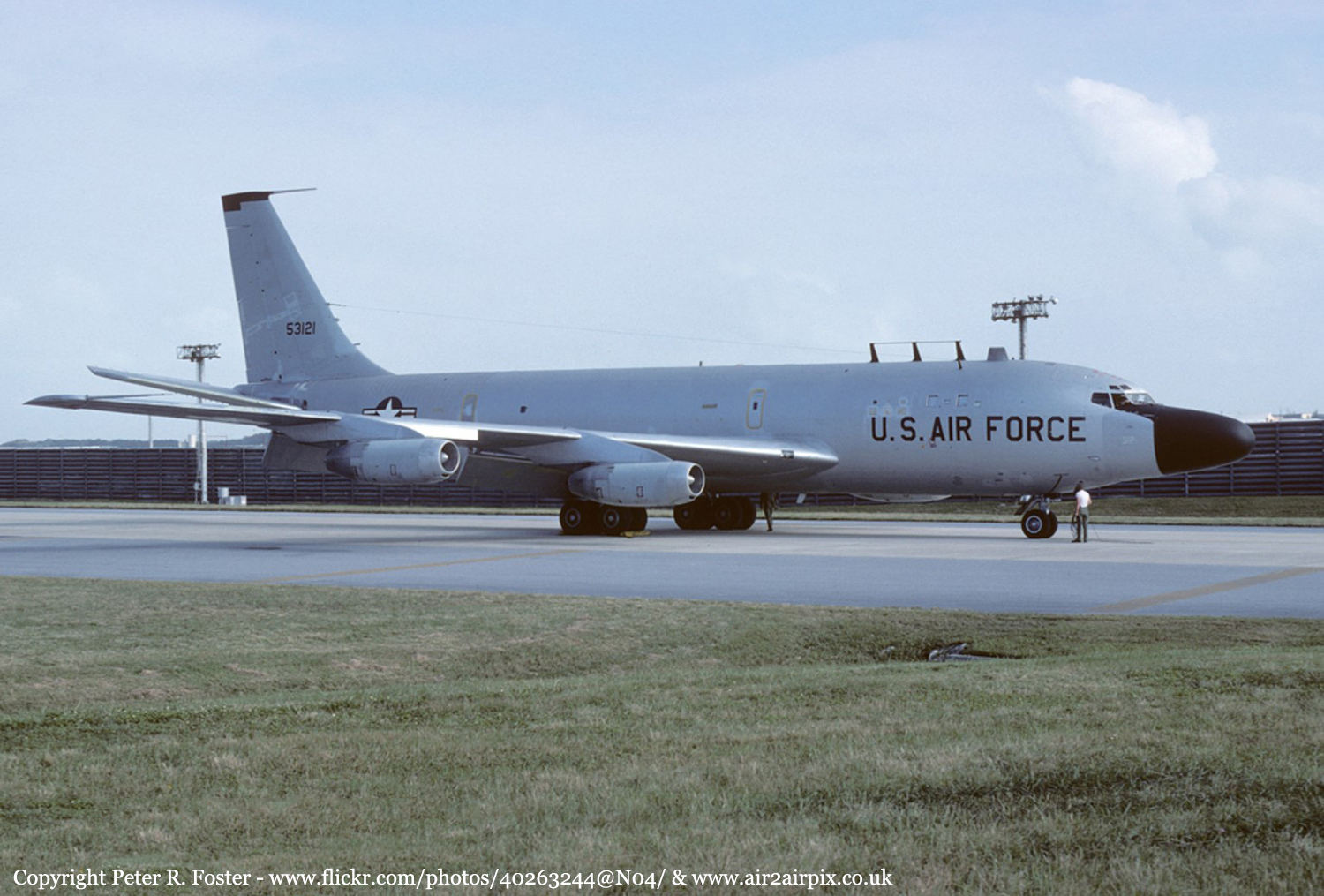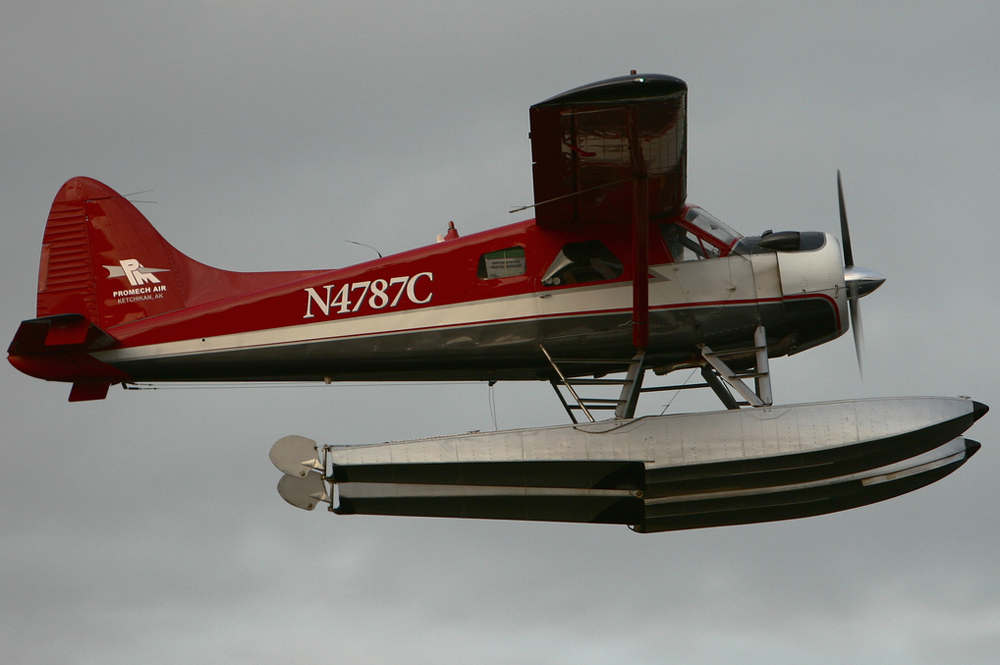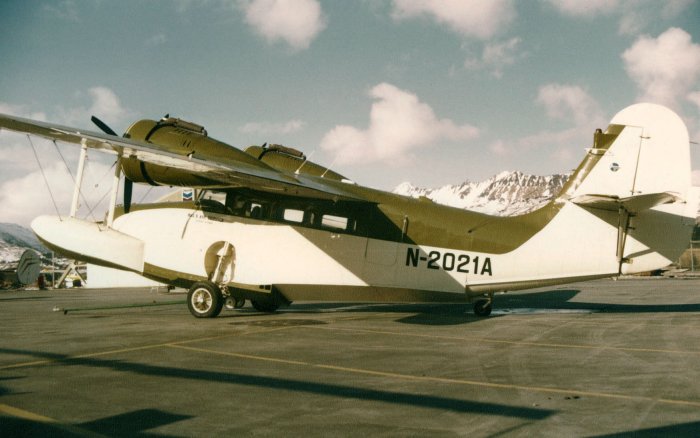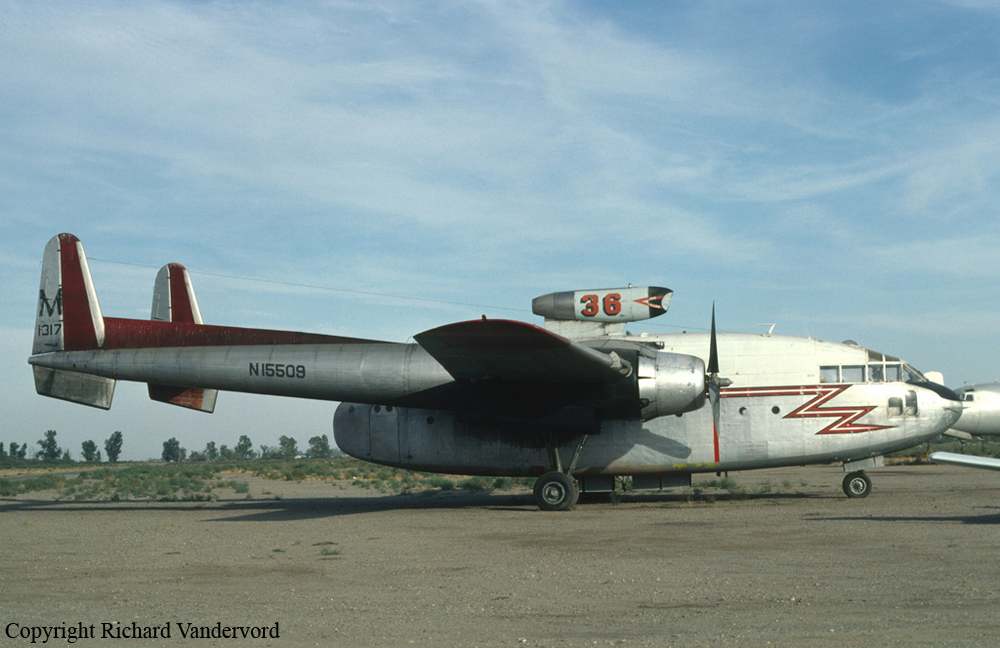Crash of a Boeing RC-135T near Valdez: 3 killed
Date & Time:
Feb 25, 1985
Registration:
55-3121
Survivors:
No
Schedule:
Eielson - Valdez - Eielson
MSN:
17237
YOM:
1957
Flight number:
Mary 24
Crew on board:
3
Crew fatalities:
Pax on board:
0
Pax fatalities:
Other fatalities:
Total fatalities:
3
Aircraft flight hours:
15072
Circumstances:
The crew departed Eielson AFB southeast of Fairbanks on a training mission in the region of Valdez under callsign Mary 24. Following two successful approaches under MLS procedure, the crew started a third approach about four miles north of the prescribed MLS inbound course. While descending too low in poor visibility, the aircraft struck the slope of a mountain and crashed. SAR operations were initiated but eventually abandoned few days later as no trace of the aircraft nor the three occupants was found. The wreckage was recovered by walkers on August 2, 1985.
Probable cause:
It was reported that the crew had used an approach procedure certified for de Havilland Canada DHC-7, a STOL airplane. The glide slope and missed approach for this airplane are significantly steeper than those for an RC-135 jet.











